![]()
Project Background
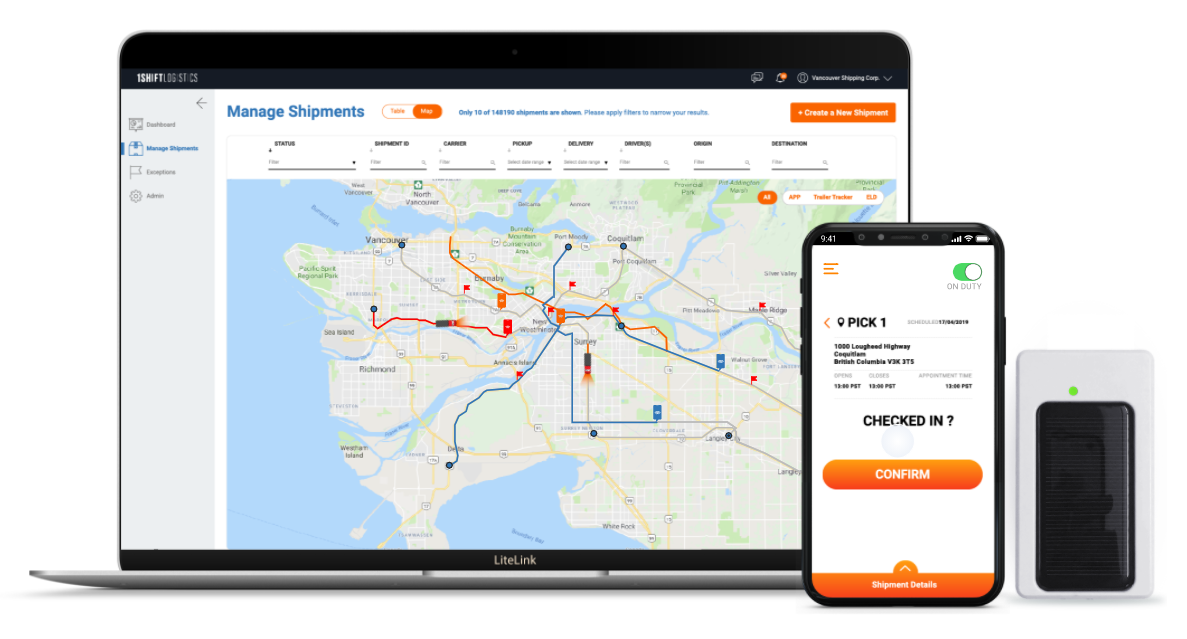
Project Background
The 1ShiftLogistics platform enables an ecosystem of shippers, 3PLs, carriers and truckers to contract loads, track shipments in real-time, proactively manage jeopardies for on-time delivery, and pay for shipments improving end-to-end efficiency.
Shippers/brokers can manage their shipments end to end and gain valuable insights into their shipment issues in real-time, provide their customers with a white-glove concierge service, and get a system generated notices at pick-up/drop-off with the platforms geo-fence features.
The 1ShiftLogistics IOT device offers the ability to capture GPS, temperature, humidity, tilt, light (capture when a door is open), and much more. This also includes a full offline mode to record data for a long period of time while there is no connectivity to a network.
Shippers/brokers can manage their shipments end to end and gain valuable insights into their shipment issues in real-time, provide their customers with a white-glove concierge service, and get a system generated notices at pick-up/drop-off with the platforms geo-fence features.
The 1ShiftLogistics IOT device offers the ability to capture GPS, temperature, humidity, tilt, light (capture when a door is open), and much more. This also includes a full offline mode to record data for a long period of time while there is no connectivity to a network.
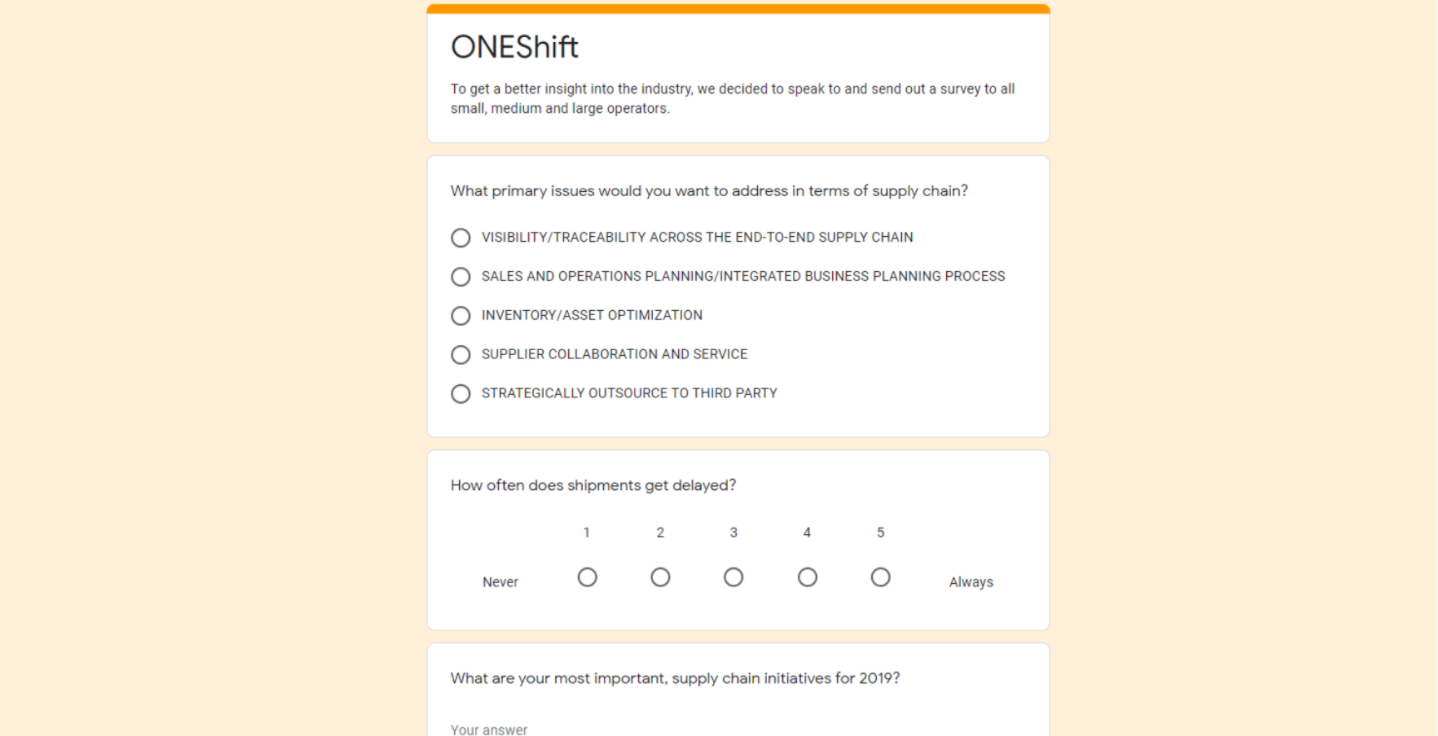
The Problem
For many years, transportation has struggled with a lack of proper visibility of loads once they left the brand owner’s or service provider’s warehouse. Commercial customers and consumers continue to have increasing demands around real-time visibility to their orders and shipments.
This is driven by the “Amazon effect” and is valid for any organization, regardless of size, geography or industry. It is applicable across all regions with North America and Europe leading the adoption.
These solutions began being predominantly focused on domestic road requirements. Visibility is a core part of logistics and transportation technology and plays a complementary function to transportation management, warehouse management, yard management and fleet management.
Key features of Real-time transportation visibility platforms (RTTVPs) combine a strong carrier network with real-time tracking of shipments, analytics and reporting as well as integration to core business systems. They provide a multitude of benefits in the areas of customer service, carrier management and transportation processes, enabling higher service levels and/or order fulfilment rates and efficiency gains for all (e.g., brand owners, logistic service providers and carriers). These solutions provide the parties with location and condition monitoring and provide capabilities such as: Real-time tracking, Status updates, Exception management, ETA calculation, Analytics and reporting Business system integration
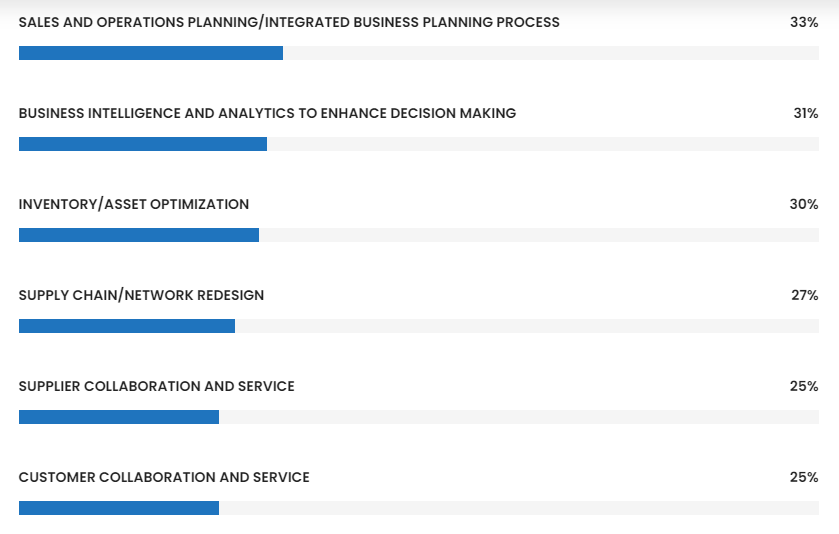
The Problem Statement
The primary pain points a user face pertains to the continuous amount of manual processing which causes the users to be spending more time on inputting information and less time on other things they could be doing. Another issue is the endless paper trails that both shipper and dispatcher as well as the driver have to track. The users would have to be constantly keep track of the papers and filing becomes tedious and time consuming. Lastly, the lack of visibility from the consumer's end as well as the shipper and dispatchers end means that users wouldn't be able to confidently tell when the item is coming or predict how long the delay would be.Understanding the 3 primary pain points the users are currently facing. We set our goals to solve such issues by providing:
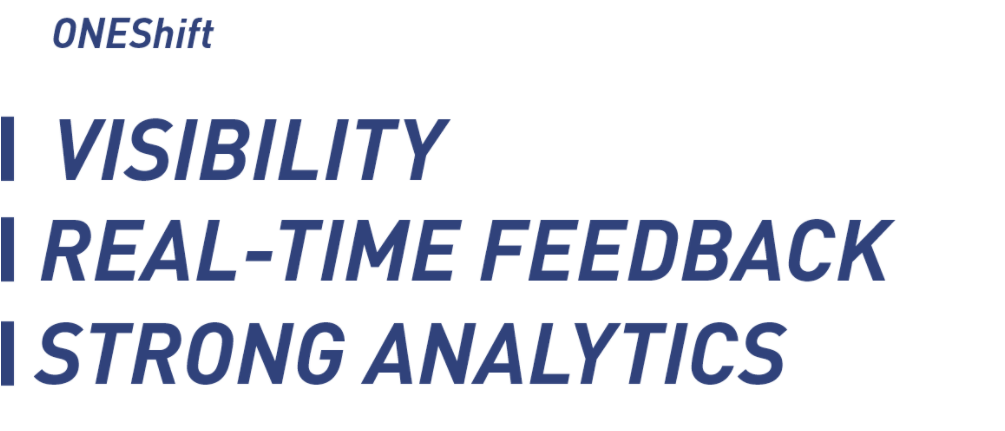
The Design:
The process of logistics is essentially divided into 3 different domains. The first area is related to the shipper where they would send out
a request to the carrier to have the shipment delivered. The second area is the carrier. Here, the carrier would then assign the shipment
to a specific driver to have the shipment delivered. The last area is the driver. Here, the driver can confirm the pick up and acknowledge that the shipment has been delivered. If there are any delays, the should be able to make note of it.
Through multiple user interviews and surveys, we were able to identify what each domain would want as priority as the application is set to launch its MVP (most viable product). It was cruicial to help identify what would be important to the users in order to build the fundamental blocks first before improving upong it in the future. ONEShift's primary goal is to streamline this process so that all 3 domain can be performed easily by all 3 parties.
Through multiple user interviews and surveys, we were able to identify what each domain would want as priority as the application is set to launch its MVP (most viable product). It was cruicial to help identify what would be important to the users in order to build the fundamental blocks first before improving upong it in the future. ONEShift's primary goal is to streamline this process so that all 3 domain can be performed easily by all 3 parties.

The next step for my end is prior to start designing the app that can track all the information above, we have to also understand the it would be up to the drivers to log their trip and through our survey, we've understand that the technological literacy of a lot of the drivers are fairly beginner level. With that in mind, the application have to be:
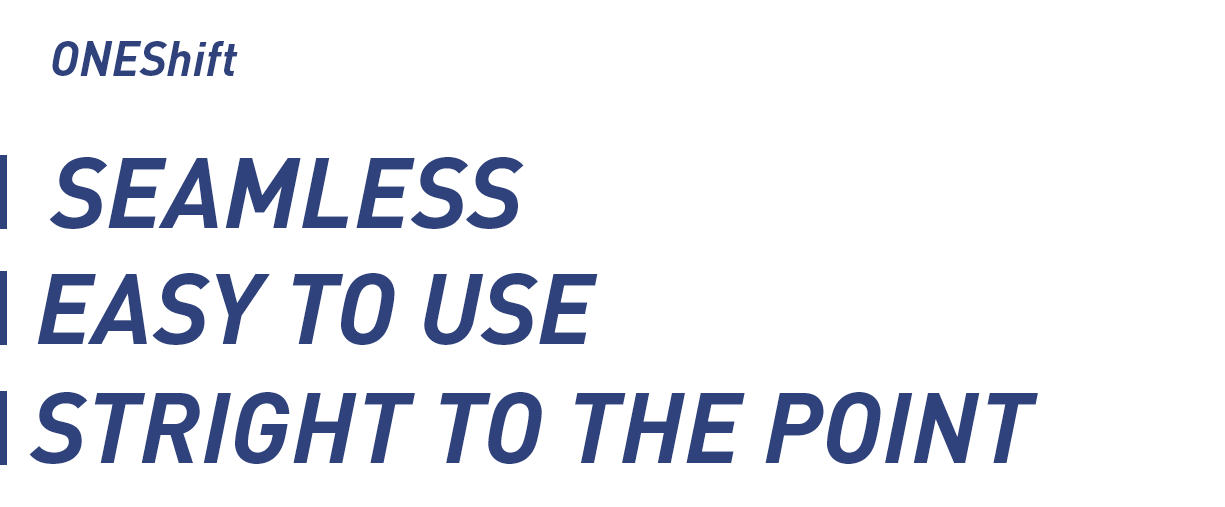
The goal is to create an application the requires the least amount of effort from the driver's end so that they can quickly start the process and log it then go to the next shipment. In the flow, the driver is the last stretch of the process so it's essential that the application is able to track the loading and off loading time as well as allow the drivers to report and type of delays.
We went through the first pass of wires to help identify the flows and any edge cases as well as any technical limitations which could potentially be an issue down the road. The flow primarily hopes to be easy to use and as straight forward as possible. We identified that the user would essentially load, confirm, transport, and potentially run into issues and ultimately deliver the load.

As we dive deeper, we've identified that only that shipper and carrier would love to be able to track the loading time, the drivers would want to know how long it currently takes. The time is important to the users because it allows them to plan ahead in terms of transit and traffic. In this iteration of the wires, we know that because the drivers would love to be able to track the time, it is important for them to have visibility of how long it takes.
We understood that we wanted to keep the primary flow short and concise for the drivers so they are spending the least amount of time on the app and focusd on the road. We achieved this by ensuring that the drivers would primarly be interacting with only 5 screens from pick up to completion.
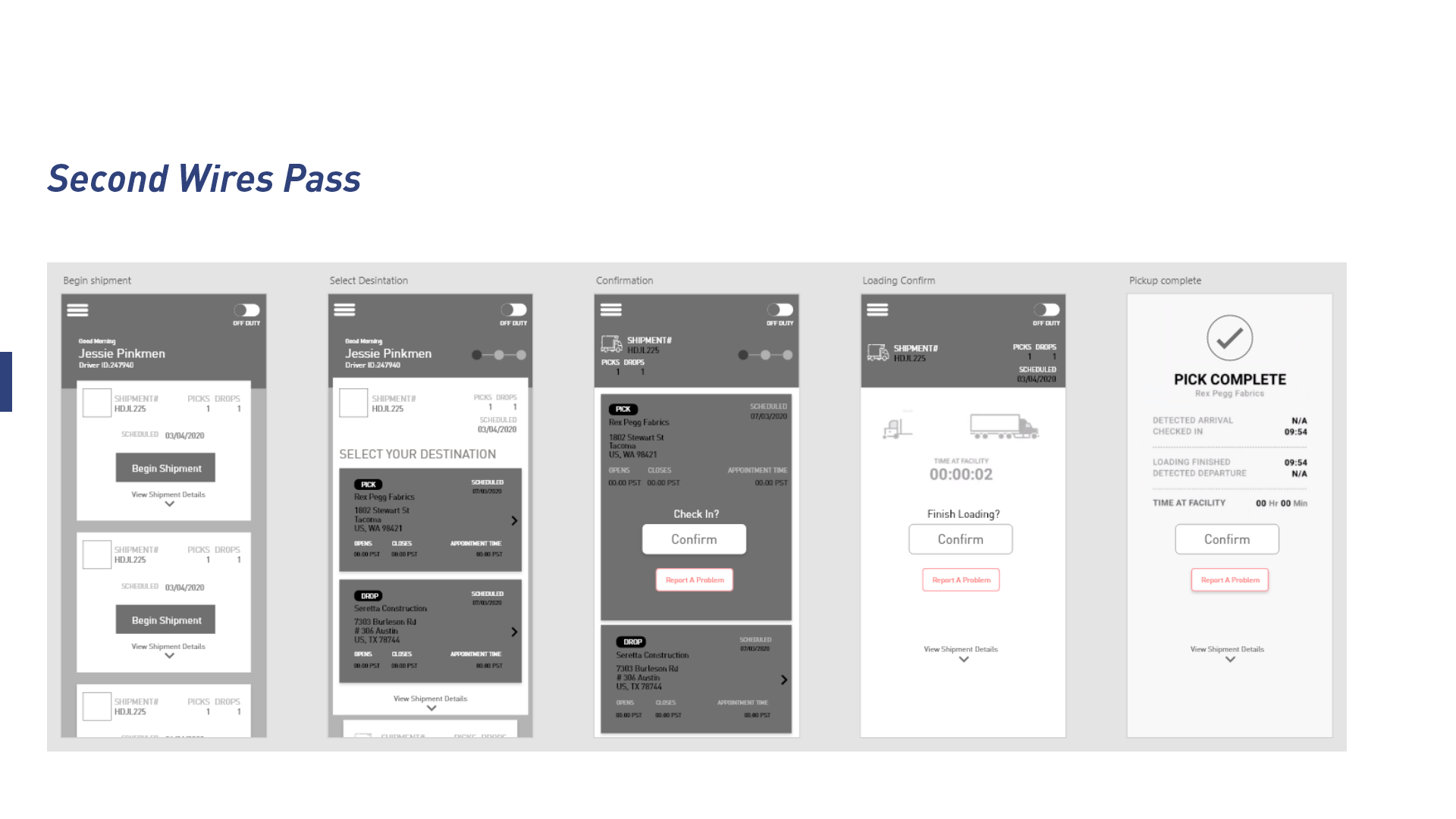
The idea is to help the driver keep track of the time as the loading is happening but we want to get more insight in to how drivers would utilize the time and the newly acquired knowledge. We want to test this and see how a driver would interact with this element and would providing them with this set of information is a positive set of reinforcement or would it cause them to react negatively. We decided to run AB test to see what would the driver prefer.
The Final Thoughts: Due to time constraint, we also decided to test it in a live environment so that we could potentially make the changes as more data are being gathered. In order to do so, we have to ensure the other parts of the user flow make sense. Mapping out the user journey, we've solidified the core steps which the driver would take.
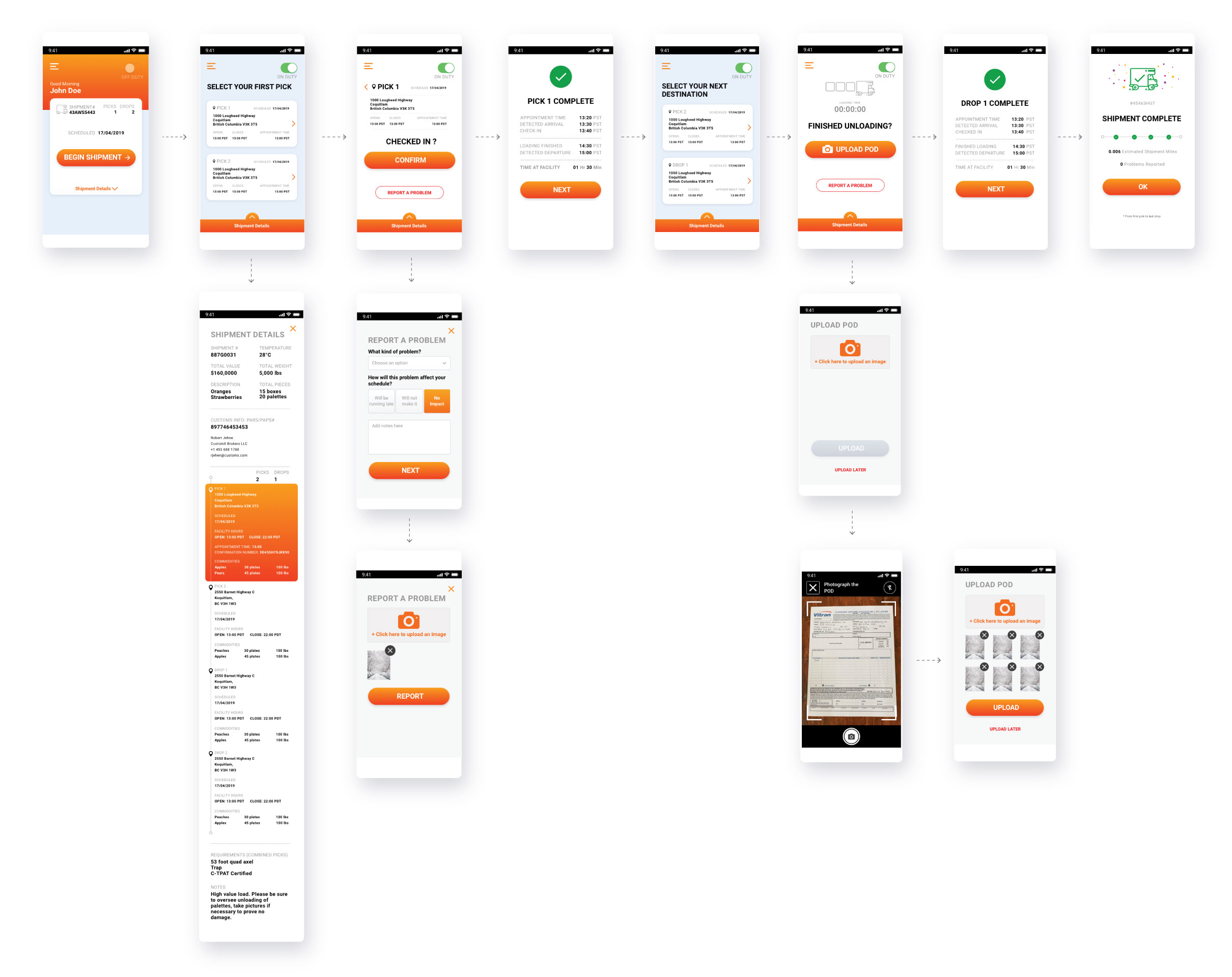

I was in charge for the mobile side of this product. The other two domains were handled by my lead while I supported during user testing and conducting surveys. We iterated together and worked very closely with the engineers to ensure that everything was as consistent as it could be.
Credits:
Sarah Donaldson - Lead Product Designer
Peter Luk - Product Designer
Mason Laurence - Lead Engineer
Mark Daniels & Raymond Carlos - Engineers
Jenny Goode - Product Manager
Sarah Donaldson - Lead Product Designer
Peter Luk - Product Designer
Mason Laurence - Lead Engineer
Mark Daniels & Raymond Carlos - Engineers
Jenny Goode - Product Manager